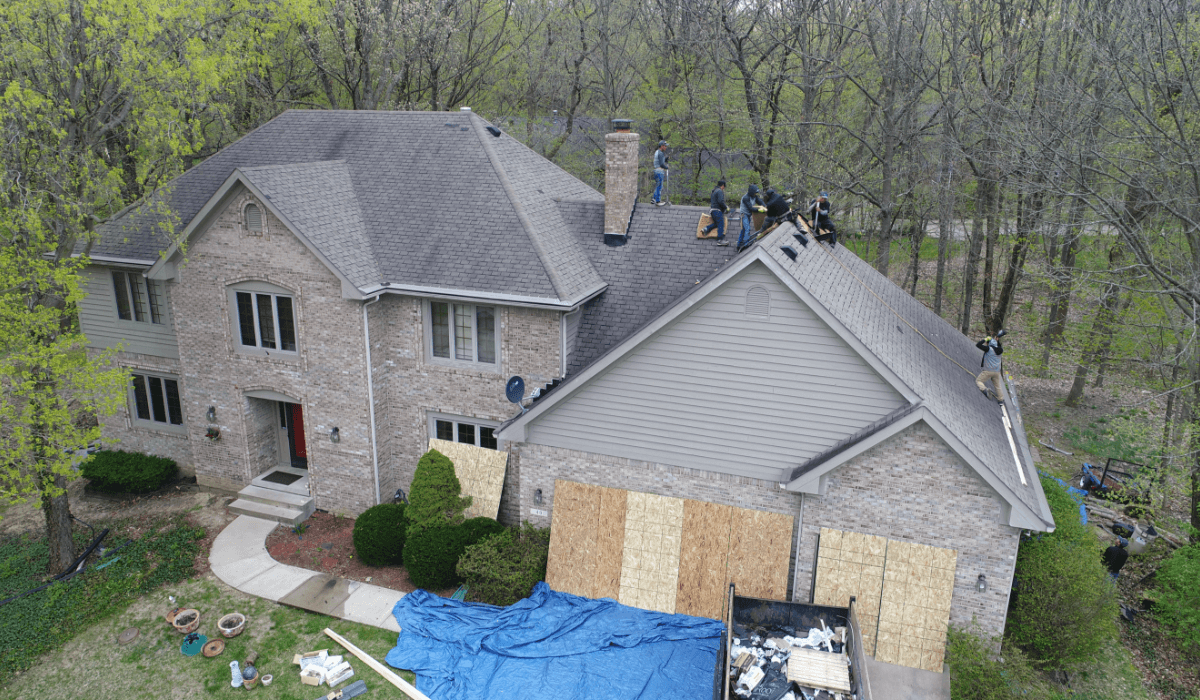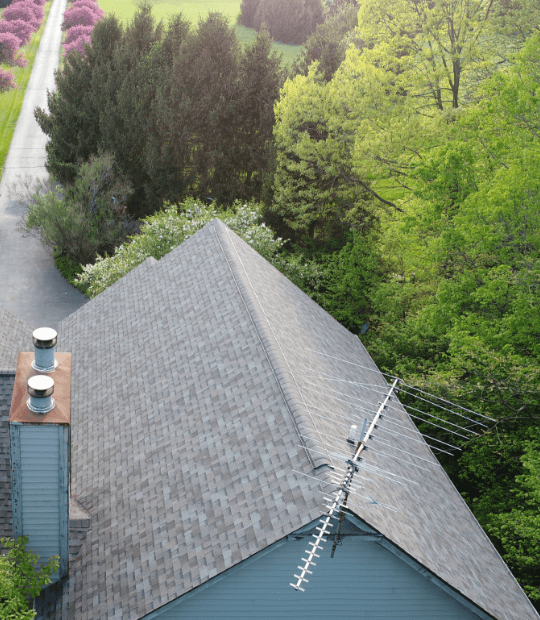1. How to Save Money Through Roof Inspections and Maintenance
While it may seem like roof maintenance is unnecessary, it can save you money in the long run. Inspecting and maintaining your roof can catch problems early on before they become significant issues. You can also prevent minor problems from turning into big ones that require expensive repairs. In addition, a well-maintained roof will last longer, so you won't have to replace it as often. Also, if you need to replace your roof, you can usually get a discount if it's in good condition. This is because insurers view a well-maintained roof as less risky.
2. What to Look for as Roof Inspectors
When inspecting your roof, there are a few things you'll want to look for. First, check for any missing or damaged shingles. If any of your shingles are loose or missing, they must be repaired or replaced as soon as possible. You should also check for any cracks or holes in your roof. These can be caused by everything from severe weather to tree limbs. They can grow and cause major damage to your roof if left unchecked. Finally, you'll want to check for any signs of water damage. This can be anything from water spots on your ceiling to mold or mildew around your windows or doors. If you see any of these things, it's essential to have them fixed as soon as possible.
3. Frequency of Inspections and Maintenance
This will vary depending on your roof type and the climate you live in. However, most experts recommend that your roof be inspected at least once a year. If you live in an area with severe weather, you may want to have it checked more often. You should also have your roof cleaned and maintained as needed. This can be done by a professional, or you can do it yourself. However, if you're not comfortable doing it yourself, hiring a professional is always best. Many roofing companies offer maintenance plans that can save you money in the long run.
4. How to Perform DIY Roof Maintenance
To perform DIY roof maintenance, you'll need a few supplies. First, you'll need a tall ladder to reach your roof. You'll also need a hose, a bucket, and some soap. If you have any moss or algae growing on your top, you'll need to remove it. This can be done by scrubbing it with soap and water. You should also check for loose shingles and ensure they're properly secured. If you see any cracks or holes, you'll need to patch them with roofing cement. Finally, you'll want to clean your gutters and downspouts to ensure they're debris-free.
5. How Roof Maintenance Can Help Insurance Claims
Another benefit of roof maintenance is that it can help you with insurance claims. If your home is damaged in a storm, your insurer will likely want to see proof that you've been maintaining your roof. This means having a current roofing inspection report. If you don't have one, they may not cover the damage. In addition, if you have a maintenance plan, you may be able to get a discount on your premium. This is because insurers view homes with maintenance plans as less risky.
Roof maintenance is an essential part of storm preparation. Always remember to keep your roof clean and in good condition. This will help you avoid expensive repairs and may even help you get a discount on your insurance premium.



